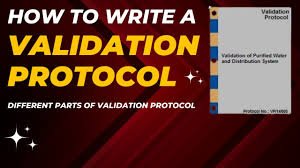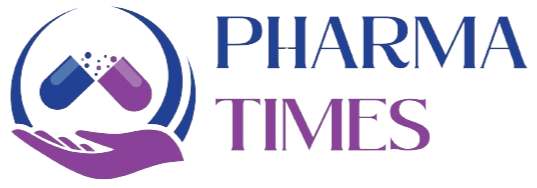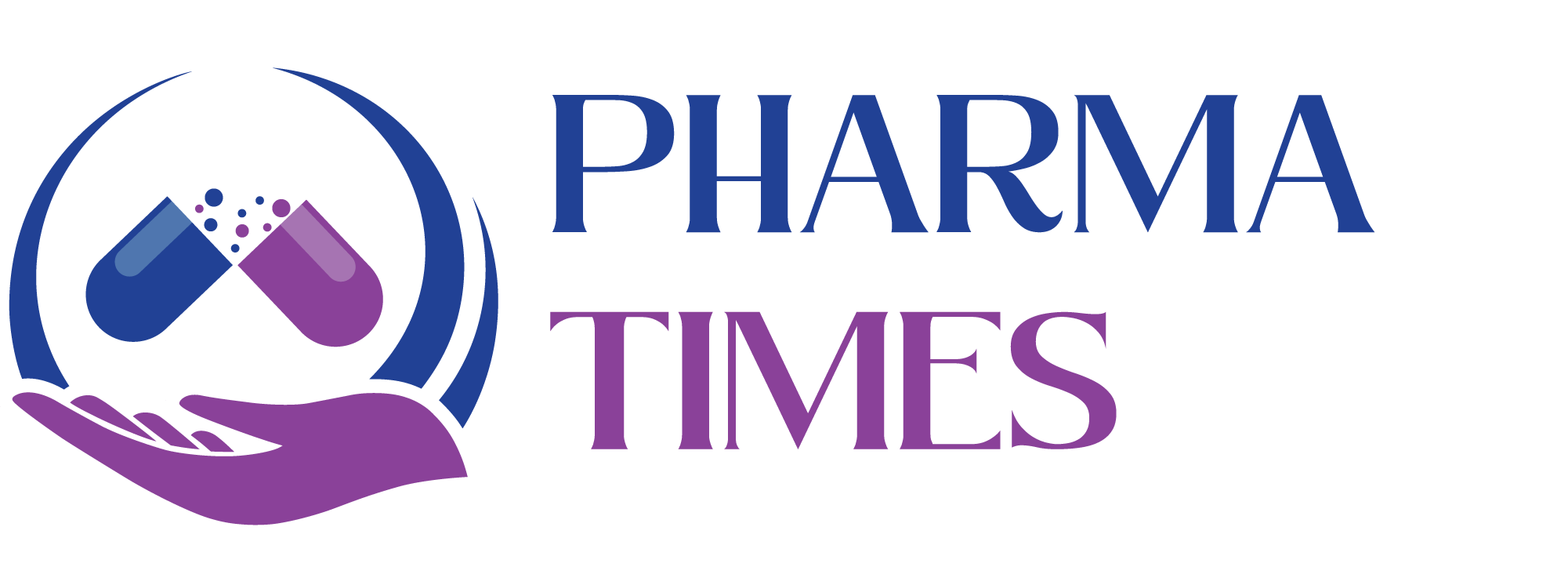HOW-TO-Write-a-validation-Protocol

How to Write a Validation Protocol
A Validation Protocol is a formal, approved document describing how validation will be performed, including the methodology, acceptance criteria, responsibilities, and documentation requirements.
It applies to Process Validation, Cleaning Validation, Analytical Method Validation, Equipment Qualification, and more.
1. Title Page
-
Document Title (e.g., Process Validation Protocol for XYZ Tablet 500 mg)
-
Document Number & Revision
-
Date of Issue
-
Prepared By, Reviewed By, Approved By (with signatures & dates)
-
Department(s) Involved (e.g., QA, Production, QC, Engineering)
2. Objective & Scope
-
Objective: State the purpose (e.g., to demonstrate that the manufacturing process consistently produces a product meeting predetermined specifications).
-
Scope: Define applicability—product name, dosage form, equipment, facility, manufacturing site.
3. References
-
List applicable SOPs, guidelines, regulatory references (e.g.,
-
US FDA Guidance for Process Validation (2011)
-
EU GMP Annex 15
-
WHO TRS
-
ICH Q8, Q9, Q10)
-
4. Responsibilities
-
Define roles of:
-
QA: Oversight, approval, compliance.
-
Production: Execution, documentation.
-
QC: Testing and data review.
-
Engineering: Equipment readiness.
-
5. Validation Approach
-
Type of Validation: Prospective, Concurrent, Retrospective, Re-validation.
-
Strategy: Risk-based approach (ICH Q9 principles).
-
Number of Batches: Typically 3 consecutive commercial-scale batches (for process validation).
6. Equipment & Materials
-
List all critical equipment with identification numbers.
-
Specify raw materials, excipients, APIs with grade and source.
-
Include calibration and qualification status of equipment.
7. Process Description
-
Summarize manufacturing steps or analytical procedure.
-
Identify critical process parameters (CPPs) and critical quality attributes (CQAs).
-
Include process flow diagram if applicable.
8. Sampling Plan
-
Where: Sampling locations (e.g., blend uniformity—top, middle, bottom).
-
When: Sampling frequency during different process stages.
-
How much: Sample size for each test.
-
Tools: Approved, clean, labeled sampling devices.
9. Tests & Acceptance Criteria
-
List all in-process and finished product tests (e.g., assay, dissolution, moisture content).
-
Specify limits (compendial or in-house).
-
Mention analytical method references.
10. Data Recording
-
Format for recording observations, measurements, and results.
-
Instructions for handling deviations and out-of-specification (OOS) results.
11. Deviations & Change Control
-
How deviations will be documented.
-
Link to CAPA and change control systems.
12. Risk Assessment
-
Potential risks, control measures, and mitigation strategies.
-
Tools like FMEA or HACCP if applicable.
13. Approval & Authorization
-
Final sign-off before execution.
-
Protocol becomes a controlled document.
14. Appendices
-
Batch Manufacturing Record (BMR) reference.
-
Equipment qualification reports.
-
Sampling forms and templates.
-
Checklists.
✅ Regulatory Tips:
-
Write clearly, precisely, and traceably—no ambiguous terms like “as needed” or “approximately.”
-
Ensure ALCOA+ data integrity principles (Attributable, Legible, Contemporaneous, Original, Accurate + Complete, Consistent, Enduring, Available).
-
Ensure the protocol is approved before execution—backdating is a serious GMP violation.
🎓 Discover one of the best Pharmaceutical Quality Assurance course available —click below to explore the course that’s shaping future Quality Assurance skills.
https://trcjw.on-app.in/app/oc/306166/trcjw

